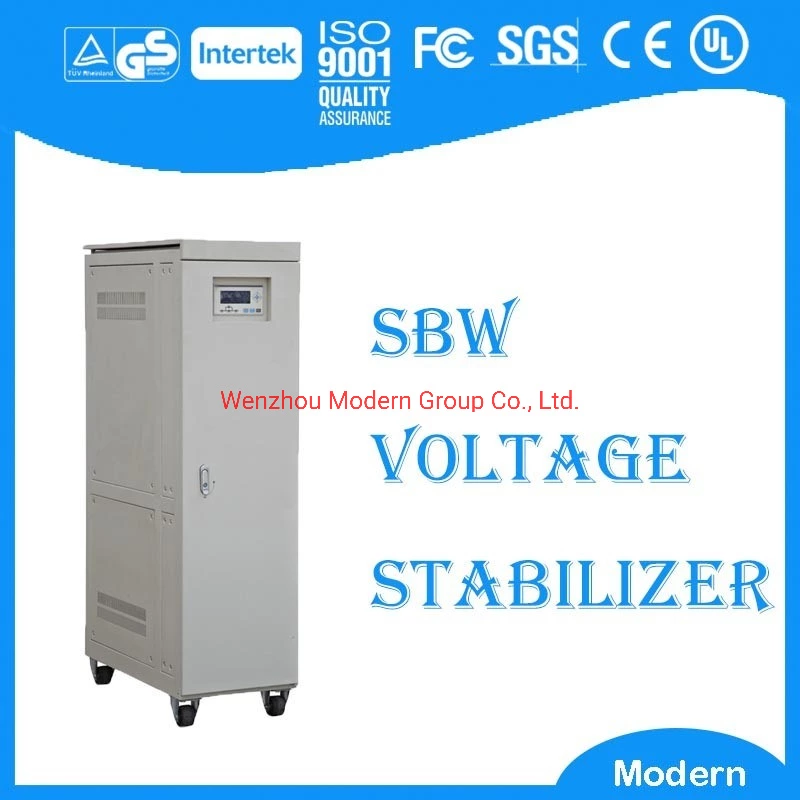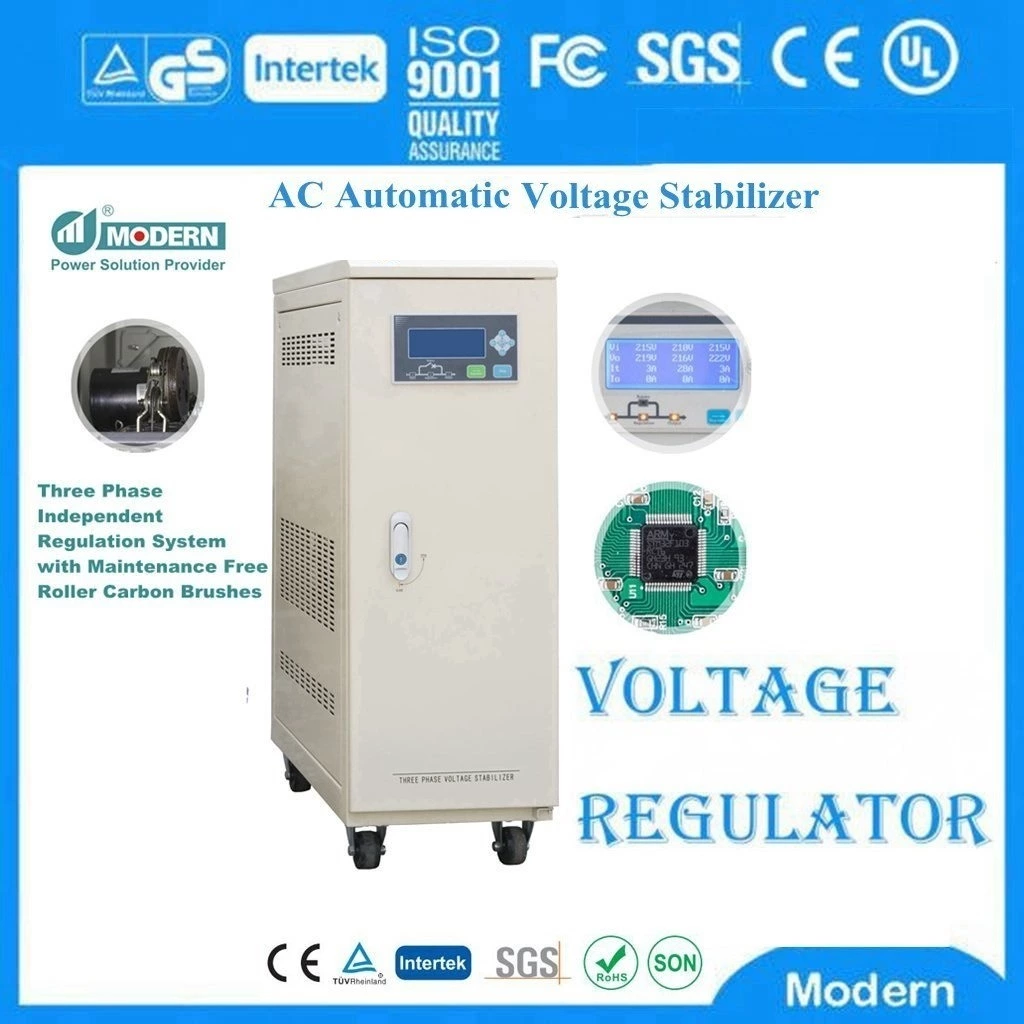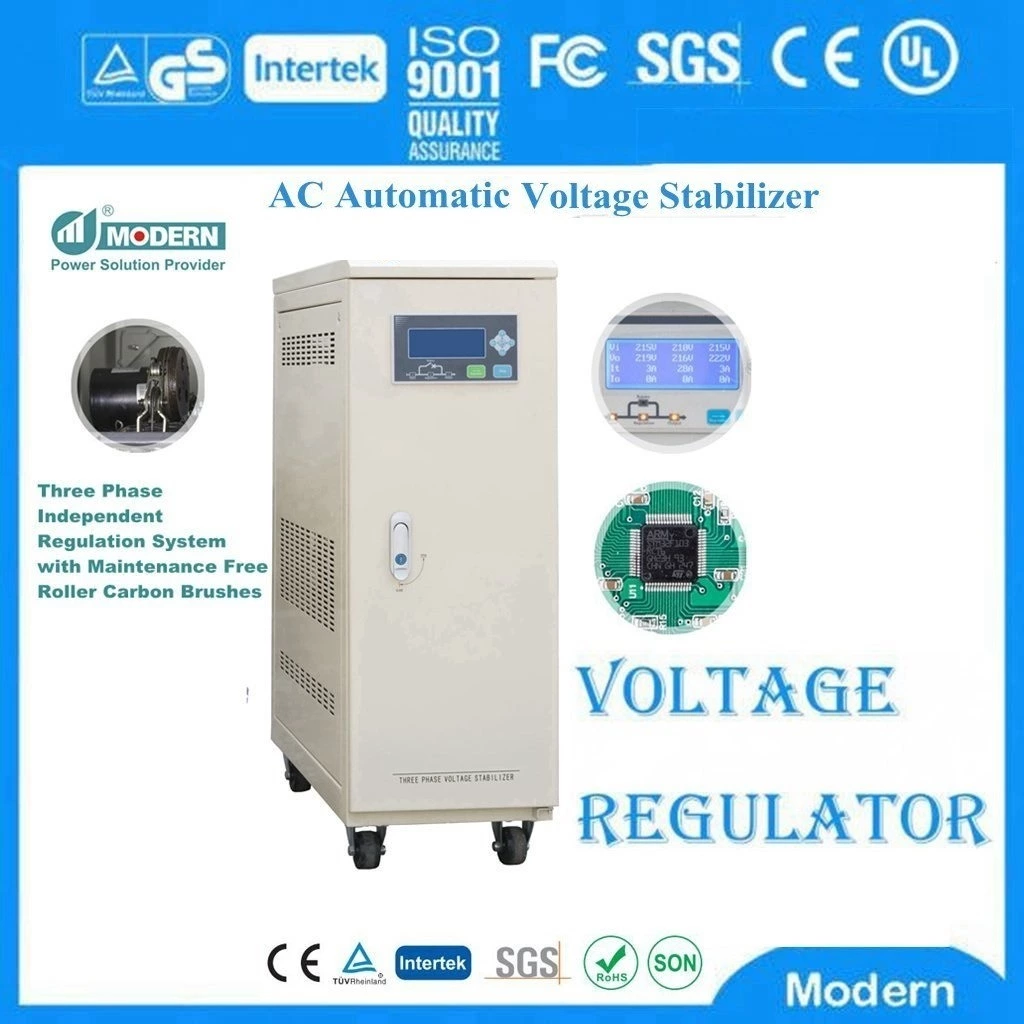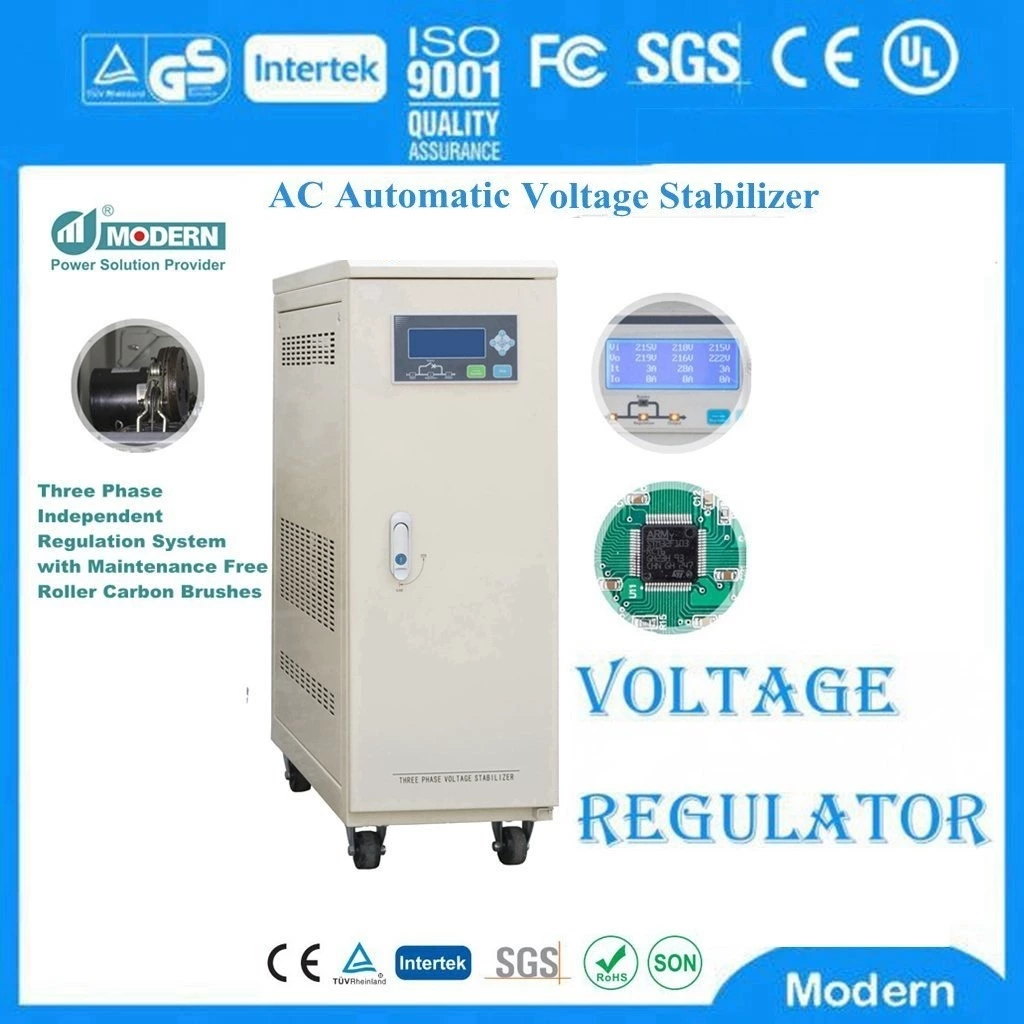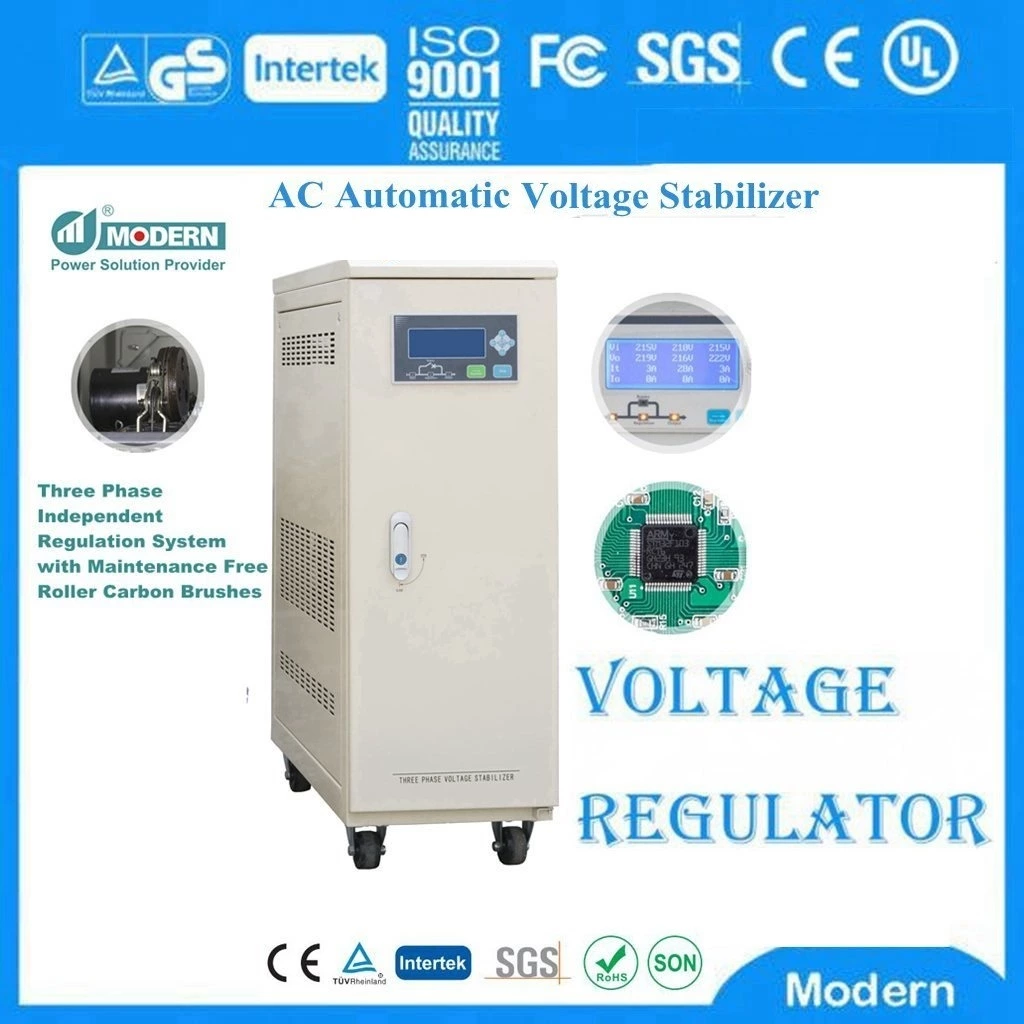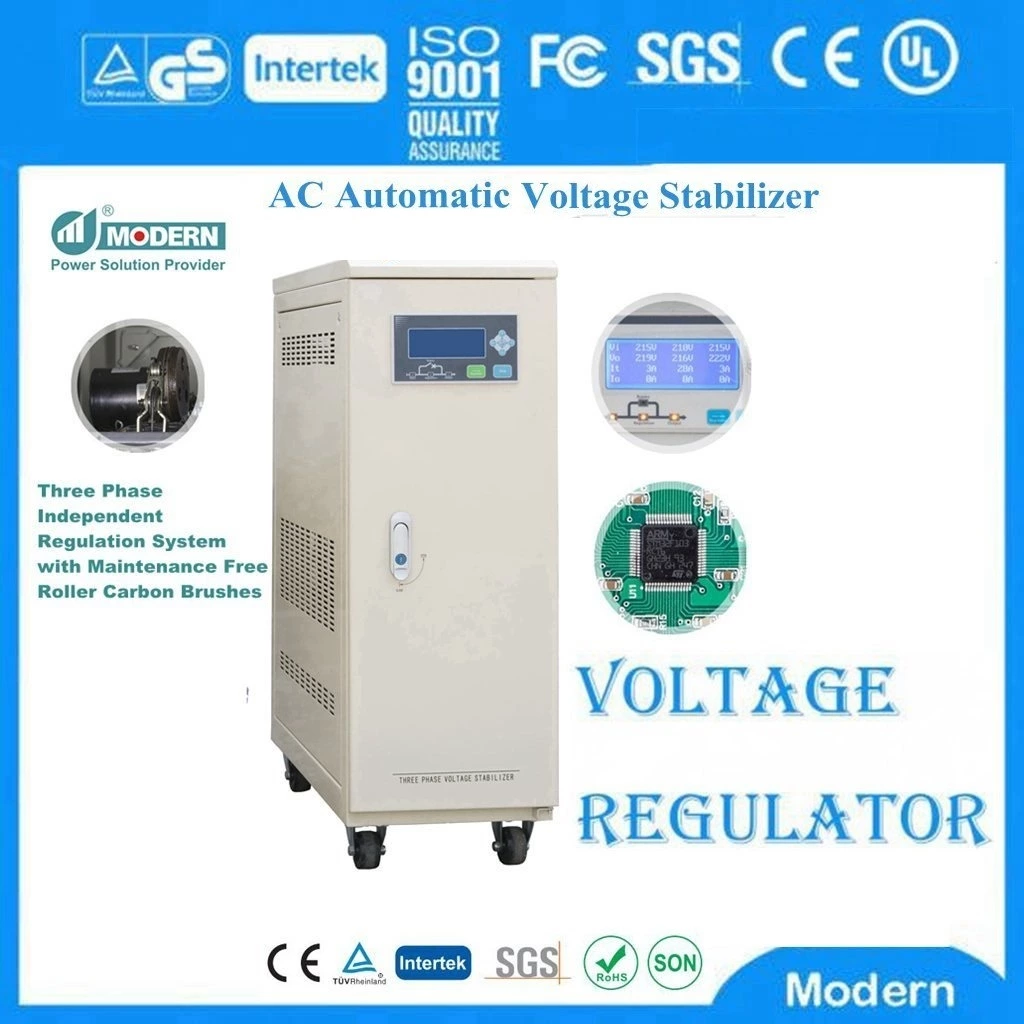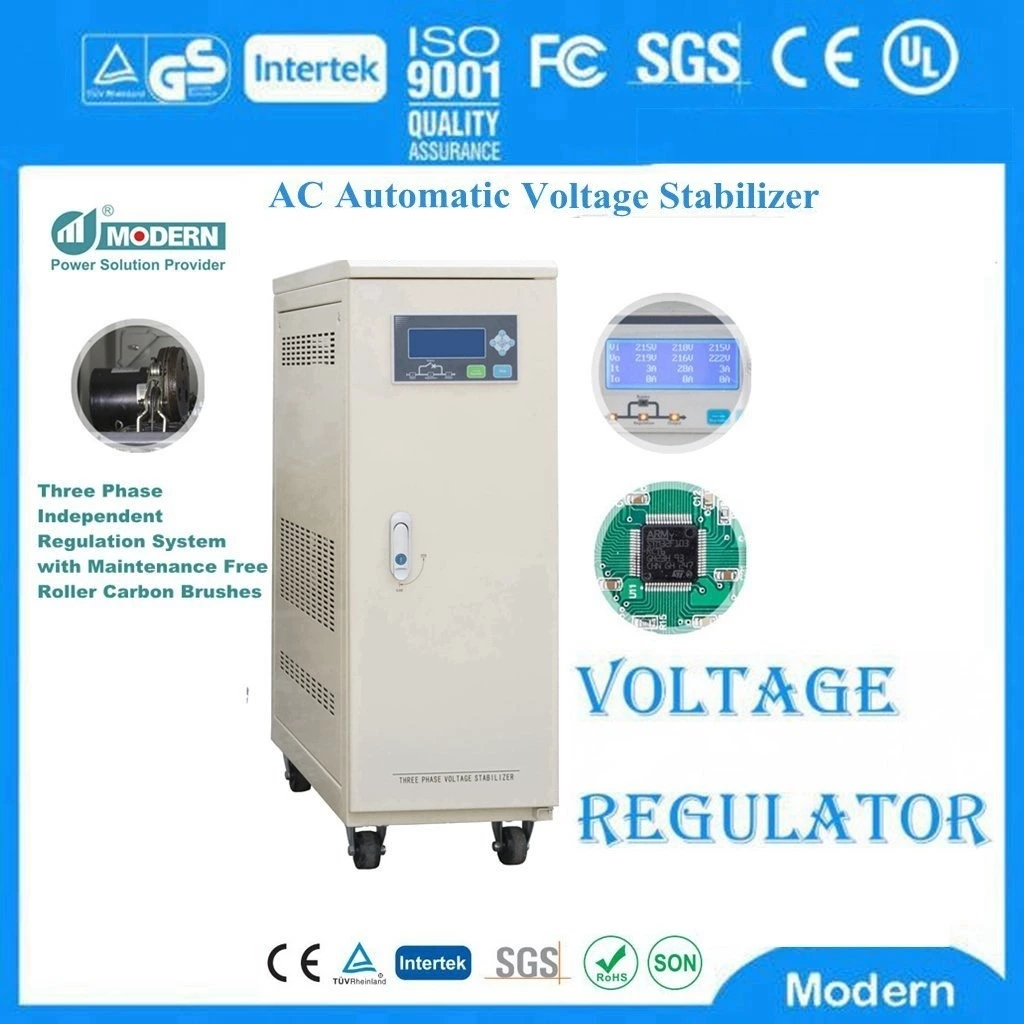Constant Voltage Transformer
A device that transforms voltage, current or impedance. It is made according to the principle of electromagnetic induction. The first practical transformer was invented by the British, Gaulard and Gibbs in 1883. It is mainly composed of two parts: the iron core and the coil (also called the coil package). The iron core is generally made of laminated silicon steel sheets, but can also be made of ferrite. The coil has two or more windings. The winding connected to the power supply is called the primary, and the rest are called the secondary. When the alternating voltage U1 is applied to the primary winding, an alternating current I1 is generated in the primary winding, and an alternating magnetic flux is generated in the iron core, thereby generating an induced voltage U2 in the secondary winding. Under ideal conditions, the primary and secondary voltages U1 and U2 are proportional to the primary and secondary coil turns W1 and W2, that is, U1/U2=W1/W2. The primary and secondary currents I1 and I2 are inversely proportional to the primary and secondary coil turns W1 and W2, that is, I1/I2=W2/W1. The impedance of the primary and secondary is proportional to the square of the number of turns of the primary and secondary coils, that is, Z1/Z2=W1/W2. In general, there is no electrical connection between the primary and secondary (except for autotransformers), so the two circuits can be better divided. The types of transformers can be divided into single-phase, three-phase and multi-phase according to the number of power phases; according to the core or coil structure, they can be divided into core type, shell type, ring type and metal foil transformers.
Constant Voltage Transformer(CVT) The main parameters are voltage ratio, voltage regulation rate, copper resistance, efficiency, temperature rise and dielectric strength. Different types of transformers have some special requirements. The transformer should have a sufficiently long life. The main factor that determines the life of low-voltage transformers is thermal aging, because its insulation system works at high temperature for a long time, the volatilization of the paint film makes the insulation material brittle and cracked, causing electrical breakdown. For every 8-10℃ increase in working temperature, the life will be shortened by half. For high-voltage transformers, corona discharge is the main factor affecting the life. The magnitude of the impact is related to the operating frequency, corona discharge intensity, corona resistance of the insulating material and the working electric field intensity. Therefore, corona discharge should be avoided. Humidity is the biggest factor affecting the reliable operation of the transformer under various environmental conditions. Transformers with poor moisture resistance will be seriously reduced or even have insulation layer breakdown and burnout if they are exposed to a hot and humid environment for a long time. Effective moisture-proof measures must be taken for transformers used in relatively important radio products and electronic instruments. In the rainy season, they need to be powered on and heated regularly to remove moisture to increase the service life of the transformer.
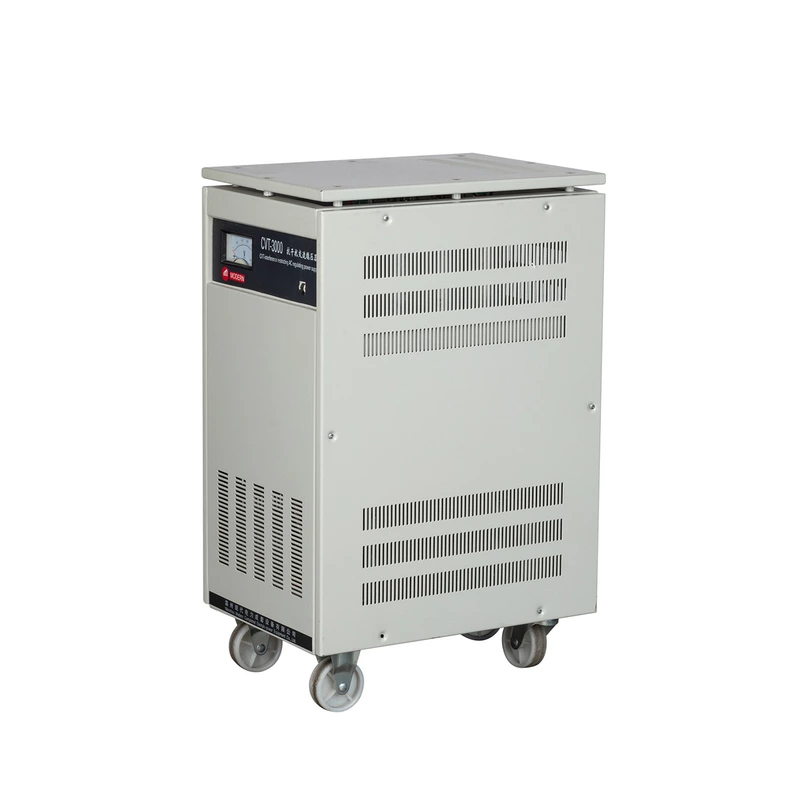
 Русский
Русский
 Français
Français
 Português
Português
 Español
Español
 اللغة العربية
اللغة العربية
